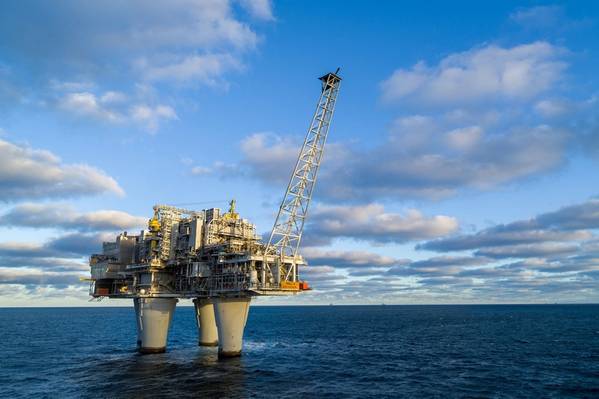
Norwegian oil firm Equinor and its partners have secured regulatory consent to start up facilities and modifications associated with the Troll Phase 3 project in the North Sea offshore Norway.
The project is a further development of the Troll field and will produce the gas from Troll Vest. The plan for development and operations for Troll Phase 3 was approved in December 2018.
The development solution chosen by the operator Equinor and its partners comprises two subsea templates with eight gas wells tied into the Troll A platform. The wellstream from these wells is routed to Troll A through a new 36-inch pipeline, for further compression and export via existing infrastructure.
Recoverable reserves from Troll phase 3, mainly gas, are estimated at about 2.2 billion barrels (350 million standard cubic meters) of oil equivalent.
"Troll is a giant on the Norwegian shelf. The field supplies as much as 7 percent of Europe’s daily demand for gas, and Troll phase 3 will help maintain a high level of production for a long time to come," says Wenche Tjelta Johansen, Leader of Licence management at the Norwegian Petroleum Directorate.
According to NPD, the licensees have invested just over 8 billion kroner (~$924 million in 2021 terms) in Troll phase 3, and the plan is for it to produce for at least 30 years.  Illustration of Troll phase 3: Equinor.
Illustration of Troll phase 3: Equinor.
"Troll phase 3 was originally scheduled to come on stream this spring, but start-up was postponed until the autumn due to the Covid-19 restrictions," the NPD said.
Troll was proven in 1979, and the original plan for development and operation (PDO) was approved in 1986. The plan was updated in 1990 in order to move the gas processing to the Kollsnes terminal. The field came on stream in 1995.
Troll was developed in phases, with gas extraction from Troll Øst in phase 1 and oil from Troll Vest in phase 2. Troll Phase 1 was developed with Troll A, which is a fixed foundation wellhead and compression installation with a concrete substructure. Troll A receives power from shore. Gas compression capacity was expanded on Troll A in 2004/2005 and again in 2015.
Troll Phase 2 was developed with Troll B, which is a floating living quarters and production facility in concrete, and Troll C, which is a semi-submersible living quarters and production facility in steel.
The oil in Troll Vest is produced from multiple subsea templates tied into Troll B and Troll C via pipelines. Production from the Troll C installation started in 1999. Troll C is also used for production from Fram, Fram H-Nord, and Byrding. Several amended development plans (PDOs) were approved in connection with installing multiple subsea templates on Troll Vest.